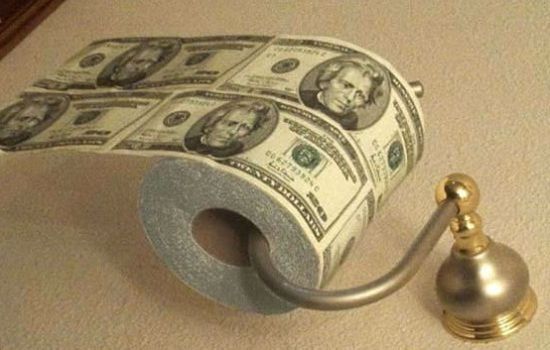superhero
Predaceous Stink Bug
Been reading various PM forums for the past year, and continually shocked at how many people only stack PMs and distrust other investments.
There are cycles to everything, and I TRY (try being the operative word) to stay ahead of the masses. Of course I make mistakes, and getting into PMs late in the game was one of them...
In the past year
Gold was down 8.9%
Silver was down 17.6%
S&P was up 23.3%
My house value was up ~22%
Taking it out 5 years
Gold was up 57.64%
Silver was up 35.5%
S&P was up 18.8%
My house value was down ~8%
Taking it out even further, in 10 years
Gold was up 207.8%
Silver was up 63.5%
S&P was up 76.6%
My house value was up ~29%
With the recent MASSIVE DROPS is PMs, they now constitute ~3.5% of our portfolio, not including home equity. The plan is to divest from the stock market in the next 12 months (S&P went from 683 to 1,650 in 4 years! - That ain't right). Get more into real estate (think there's more room to grow), and buy more PMs (buy low right?).
There are cycles to everything, and I TRY (try being the operative word) to stay ahead of the masses. Of course I make mistakes, and getting into PMs late in the game was one of them...
In the past year
Gold was down 8.9%
Silver was down 17.6%
S&P was up 23.3%
My house value was up ~22%
Taking it out 5 years
Gold was up 57.64%
Silver was up 35.5%
S&P was up 18.8%
My house value was down ~8%
Taking it out even further, in 10 years
Gold was up 207.8%
Silver was up 63.5%
S&P was up 76.6%
My house value was up ~29%
With the recent MASSIVE DROPS is PMs, they now constitute ~3.5% of our portfolio, not including home equity. The plan is to divest from the stock market in the next 12 months (S&P went from 683 to 1,650 in 4 years! - That ain't right). Get more into real estate (think there's more room to grow), and buy more PMs (buy low right?).
Last edited:


